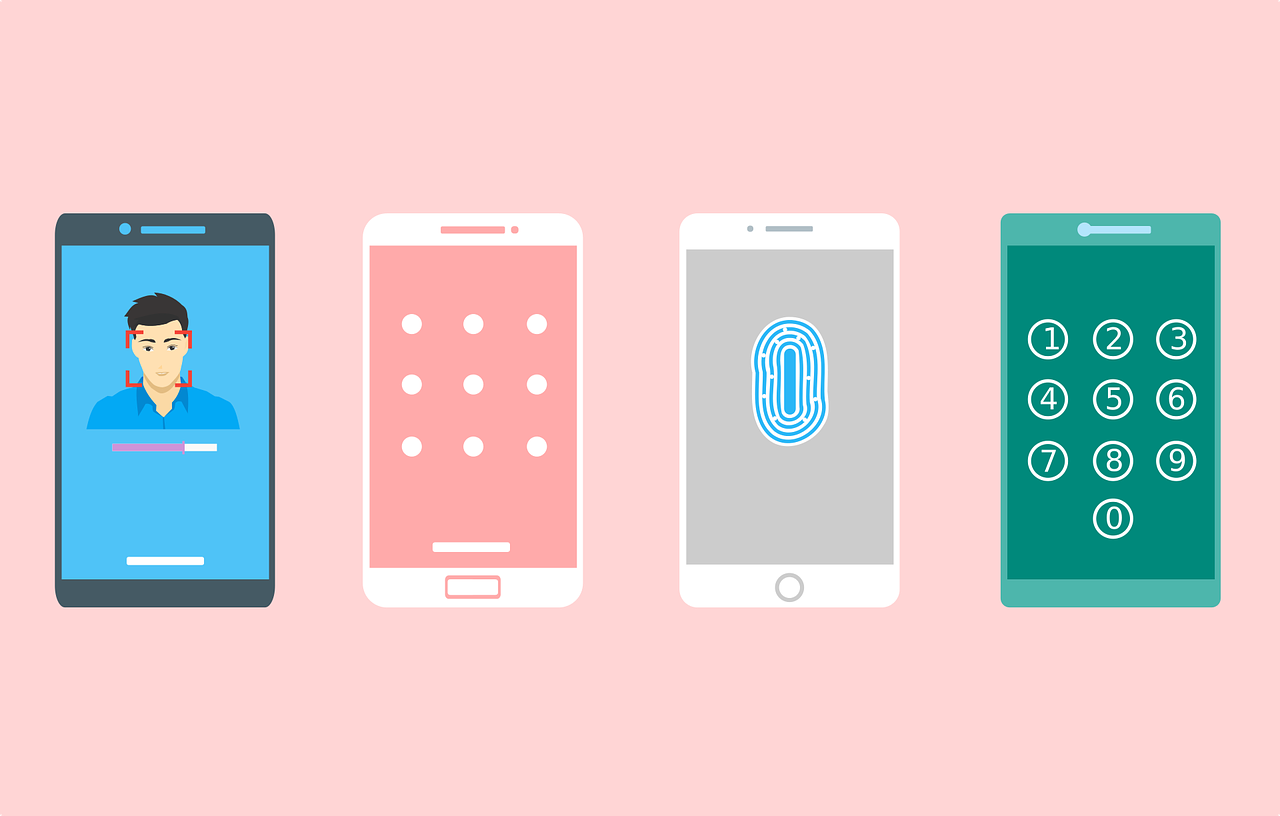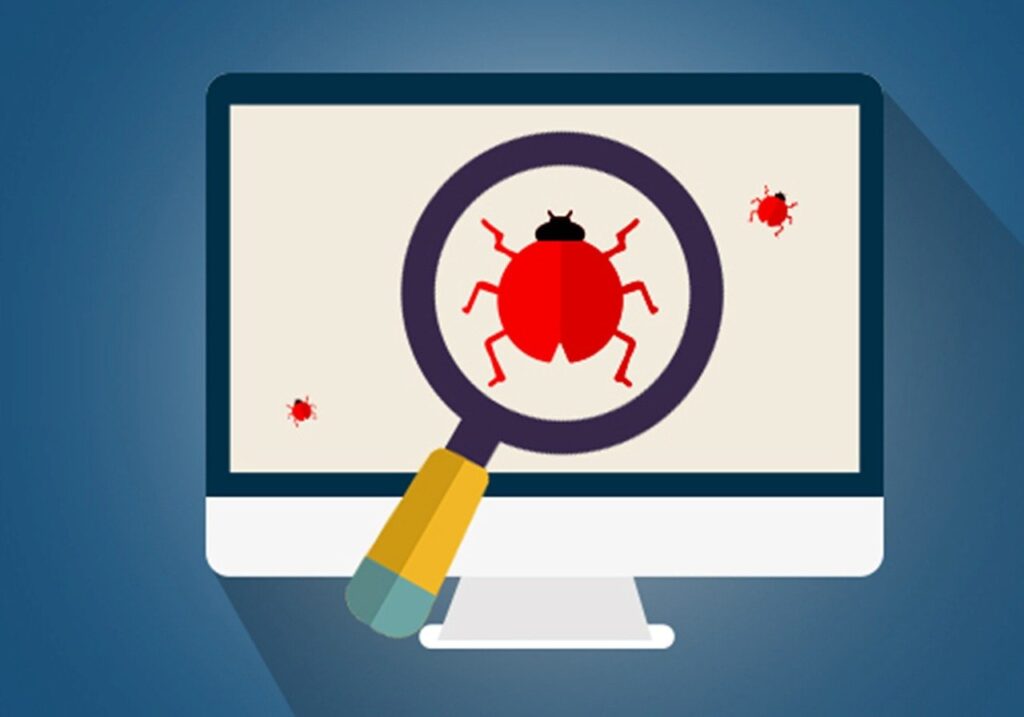Mobile app security is a hot topic, and for good reason. With the increasing number of threats targeting user data and app integrity, it’s crucial to take proactive steps to safeguard your applications. Here are five essential tips to bolster your app’s security and protect your users from harm.
Start with secure coding practices. By adhering to industry standards and guidelines, you can minimize vulnerabilities that attackers might exploit. Regularly review your code for potential weaknesses and ensure that third-party libraries are up to date.
Next, prioritize data encryption. Encrypt sensitive information both in transit and at rest to prevent unauthorized access. This measure adds a significant layer of protection against data breaches.
Implement robust authentication mechanisms. Use multi-factor authentication to verify user identities and reduce the risk of unauthorized access to accounts. This step not only enhances security but also builds user trust.
Regularly conduct security testing. Penetration testing and vulnerability assessments help identify potential risks before they can be exploited. Make this a routine part of your development cycle to stay ahead of threats.
Finally, stay informed about the latest security trends and vulnerabilities. Join industry forums and subscribe to security alerts to keep your knowledge current. By being proactive and informed, you can better protect your mobile app and its users.
Key Takeaways
- Implement multi-factor authentication to strengthen user account security.
- Use encryption for data storage and transmission, including HTTPS with TLS 1.2 or higher.
- Keep the app updated with regular security patches and vulnerability fixes.
- Apply code obfuscation techniques to protect against reverse engineering.
- Conduct regular penetration testing to identify and address security vulnerabilities.
Implement Strong Authentication Measures

Consistently, strong authentication measures form the first line of defense for mobile app security.
You’ll want to implement multi-factor authentication (MFA) to guarantee that users are who they claim to be. This can include combining passwords with biometric data like fingerprints or facial recognition, or using one-time passwords sent via SMS or email.
Enforce strong password policies, requiring users to create complex passwords with a mix of uppercase and lowercase letters, numbers, and special characters.
Implement password expiration and account lockout after multiple failed login attempts to prevent brute-force attacks.
Consider using OAuth 2.0 or OpenID Connect for secure, token-based authentication, especially when integrating with third-party services.
These protocols allow for secure authorization without exposing user credentials.
Implement secure session management by using unique session tokens that expire after a set period of inactivity.
Guarantee that these tokens are encrypted and transmitted securely.
Secure Data Storage and Transmission

While authentication is essential, securing data storage and transmission is equally important for mobile app security. You’ll need to protect sensitive data both at rest and in transit to prevent unauthorized access or interception.
For data storage, encrypt all sensitive information on the device using industry-standard algorithms like AES-256. Don’t store passwords in plain text; instead, use secure hashing techniques. Implement secure key management practices and avoid hardcoding encryption keys in your app’s source code.
When transmitting data, always use secure protocols like HTTPS with TLS 1.2 or higher. Enable certificate pinning to prevent man-in-the-middle attacks. Implement proper session management, including secure token handling and expiration.
Minimize data collection and storage to reduce potential exposure. Only keep what’s necessary and securely delete data when it’s no longer needed. Use secure backup mechanisms to protect user data during device upgrades or transfers.
Regularly audit your data handling practices and perform penetration testing to identify vulnerabilities. Stay informed about the latest security threats and update your app accordingly.
Regular Security Updates and Patches

Security threats evolve rapidly, making regular updates and patches essential for mobile app protection. You should prioritize keeping your app up-to-date with the latest security fixes. Implement an automated update system that notifies users of available updates and encourages immediate installation.
Don’t rely solely on operating system updates; guarantee your app’s codebase is regularly reviewed and patched. Set up a process to monitor for newly discovered vulnerabilities in third-party libraries and frameworks used in your app. When vulnerabilities are found, act quickly to update or replace affected components.
Educate your users about the importance of installing updates promptly. Provide clear instructions on how to enable automatic updates or manually update the app. Consider implementing a grace period for updates, after which older versions of the app become unusable to force adoption of secure versions.
Maintain a changelog detailing security improvements in each update. This transparency builds trust with users and demonstrates your commitment to security.
Employ Code Obfuscation Techniques

Code obfuscation techniques serve as another layer of defense for your mobile app. By employing these methods, you’ll make it notably harder for attackers to reverse-engineer your code and exploit vulnerabilities.
Start by renaming variables, classes, and methods to meaningless or misleading names. This makes it challenging for malicious actors to understand your code’s structure and functionality.
Next, implement control flow obfuscation to alter the logical structure of your code without changing its behavior. This can include adding redundant code, reordering statements, and inserting opaque predicates.
You should also consider using string encryption to protect sensitive information embedded in your code, such as API keys or encryption algorithms.
Don’t forget to obfuscate your app’s resources, including layouts, strings, and assets. This prevents attackers from easily extracting and modifying these elements.
Additionally, use proguard or similar tools to remove unused code and optimize your app’s size, which also helps in obfuscation.
Conduct Thorough Penetration Testing

Regular penetration testing is essential for identifying vulnerabilities in your mobile app before attackers can exploit them. Conduct thorough penetration tests at least quarterly, or whenever you make significant changes to your app’s codebase. Hire experienced security professionals or use automated tools to simulate real-world attacks on your app’s infrastructure, APIs, and client-side code.
Focus on testing common vulnerabilities like injection flaws, broken authentication, sensitive data exposure, and insecure communication. Don’t forget to assess your app’s behavior on different devices and operating system versions. Pay special attention to how your app handles user input, stores data, and communicates with backend servers.
After each test, prioritize and address the discovered vulnerabilities based on their severity and potential impact. Implement fixes promptly and verify their effectiveness through follow-up testing.
Keep detailed records of your penetration testing efforts, including methodologies used, findings, and remediation steps taken. This documentation will help you track your app’s security posture over time and demonstrate due diligence to stakeholders.
Conclusion
You’ve learned five essential steps to protect your mobile app from security threats. By implementing strong authentication, securing data, staying on top of updates, obfuscating your code, and conducting regular penetration tests, you’ll greatly reduce your app’s vulnerability. Remember, it’s not a one-time effort; you’ll need to stay vigilant and adapt to new security challenges. With these practices in place, you’re well on your way to creating a safer, more secure mobile app experience.

